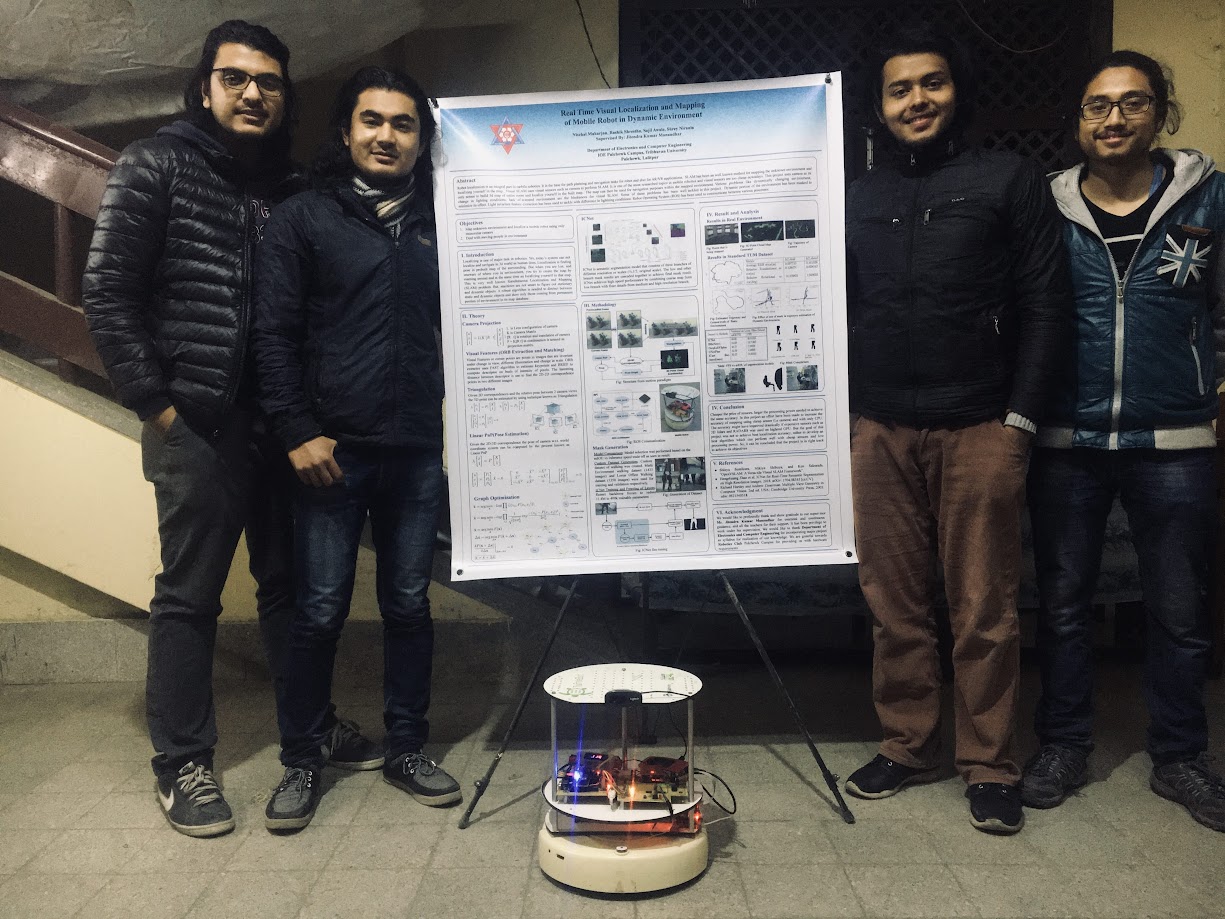Visual Localisation of Robot
Localisation of the mobile robot in case of changing environment by help of camera using concept of multiview geometry and computer vision.
Get Full Project Report here
Get Project Poster here
Get Presentation Slides of Project here
Autonoumous navigation of robot has been a popular task in the field of robotics. In order to navigate the robot needs to first of all perceive the surroundings. How do we human perceive the environment?? We have five senses among which vision is most important one. Similar to human eye camera is used by the robots as a sensor to perceive enviornment through vision. For purpose of mapping the unknown environment and then localising yourself SLAM frameworks are used in robotics. Visual SLAM is type of SLAM which is based upon vision sensor such as monocular camera, stereo camera, kinects etc.

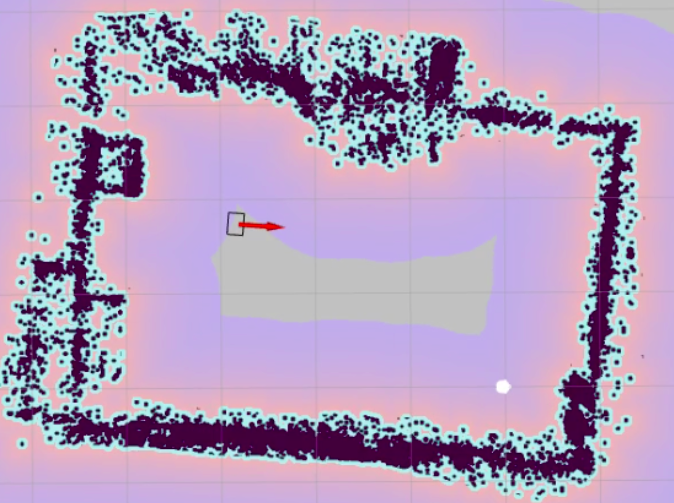

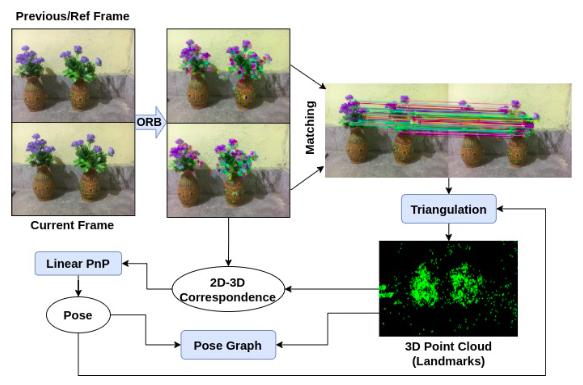
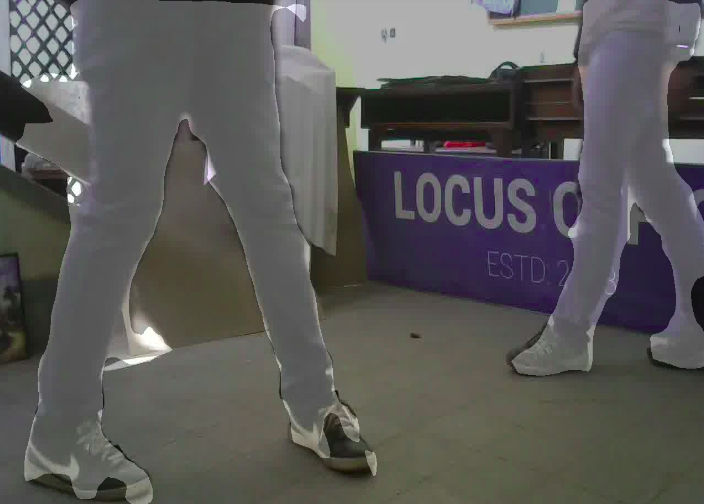
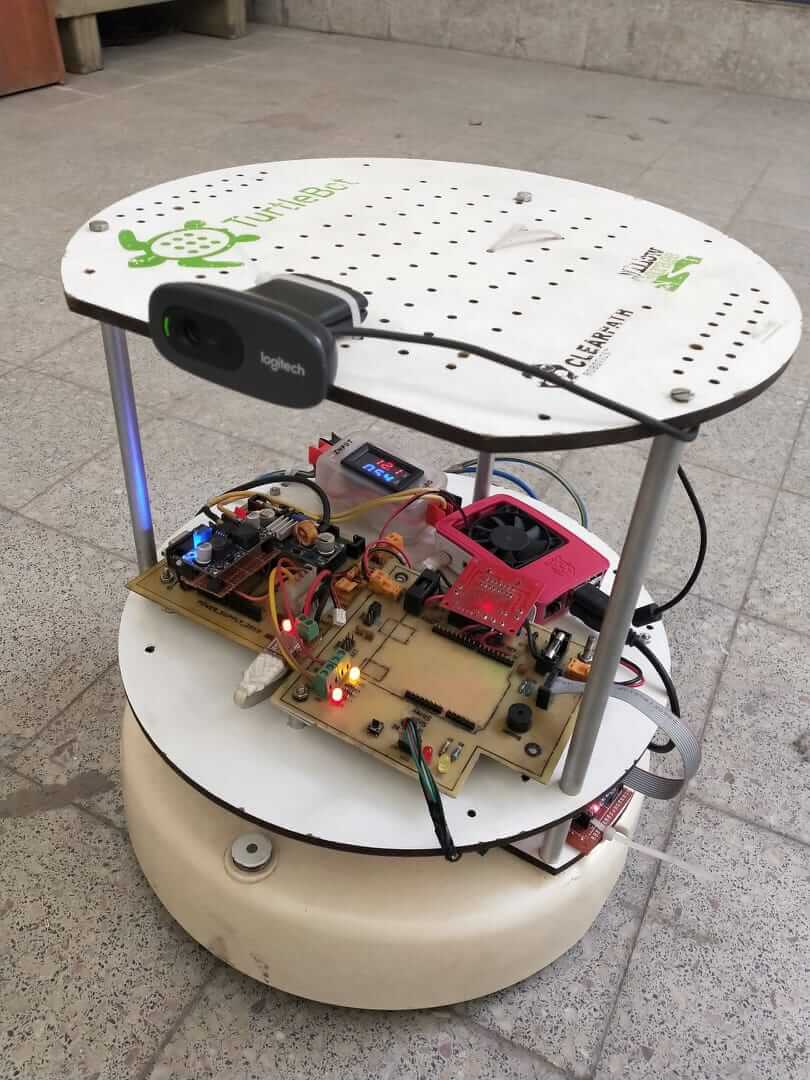
TEAM
